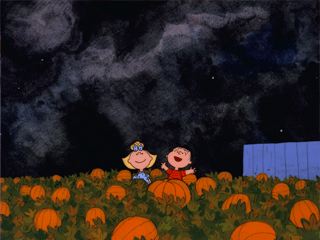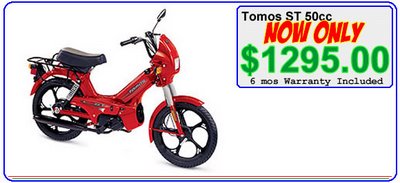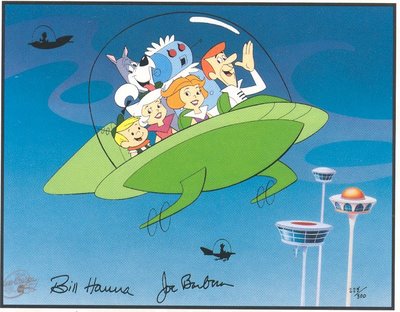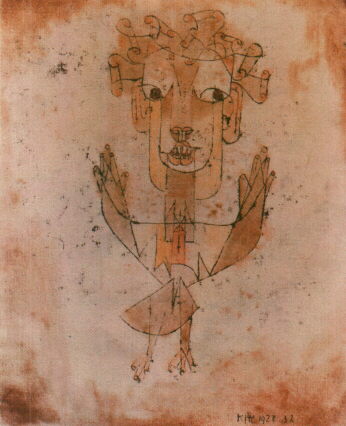
Sometimes it's hard to predict what will trigger the high pitched squeal of a pig about to have its neck sliced open coming from the throat of a six year old girl. Of course its always an accumulation: a long day in the car without a proper nap, a tummy ache from too much pop and cookies, can't find Barbie's purple princess dress... but the breakdown came when once again her pesky 3 year old sister and brother showed wills of their own.
The perfect gift, I thought. The well-meaning uncle always wants to give something good for them. A wooden train would be something I could give all three. It would encourage cooperative creativity, requiring them to share and kill the "that's my toy" demon.
At first they are all very excited, but then the building begins. The great thing about this set is its ease of assembly. The track pieces can be fit together in any direction, up or down. This means it can be shaped in many ways, so the twins begin snapping pieces together randomly and setting out the little buildings and railroad workers.
"Stop!"
"What's wrong?"
"We have to make it like on the box!"
"But look, it works this way too." I push the little train along the parts of track already assembled.
"Nooo! I want to make it like the box!"
And there it is. The avalanche begins. She starts kicking apart the little scene the twins had assembled. The rhythm of the three high pitched cries remind me of the legendary 1980s punk band Flipper. "Sex Bomb Baby Yeah!"
Our mayor is a bit like the well meaning uncle, believing he has the perfect gift in the form of a Wilshire Ave subway to the sea. He is even more like my niece, dreaming of how perfect the train looks like on the box, not wanting to start building anything else that might work--like bus only lanes--because it doesn't match his rail set in the sky.
Meanwhile us riders on the ground wallow in dawdling. Like the other evening, it took me nearly 45 minutes to go 2 miles south from Hollywood to Beverly. Dear dreamer, this isn't some obscure corner in the middle of the Valley. This is Hollywood and Highland--the closest L.A. has to a Times Square!
Once again only Journey will suffice:
Ive been trying to make it home
Got to make it before too long
I cant take this very much longer
Im stranded in the sleet and rain
Dont think Im ever gonna make it home again
The mornin sun is risin
Its kissing the day
Wheel in the sky keeps on turnin
I dont know where Ill be tomorrow
Wheel in the sky keeps on turnin
And that is my Holiday Gift to you--The Mad Bus Rider will be on Vacation for the next two weeks.
Happy New Year!


















